Presentation on latest developments
6 May 2022
Prof. Peter Matthews is giving a presentation at the Royal Society of Chemistry Porous Materials conference in Glasgow, UK, 13th and 14th June, entitled ‘Nanopores integrated with macropores: modelling weight loss in nuclear reactor cores and the relative permeability of tight-oil shale’. It will describe the latest developments and applications of PoreXpert, which are also applicable to other complex porous materials. View the abstract here.
New batch files
26 March 2022In response to a request from a current user who is modelling 40 samples with large (25x25x25) unit cells, additional batch files have been uploaded to the Downloads | Batch files table.
On-line training
21 February 2022
Inverse modelling tends to amplify any errors, so on-line training is highly recommended. We have just completed our latest course, which according to the client provided “extremely informative and detailed training”. Please see the Software Support | Training page for details.
Bone scaffold modelling
25 January 2022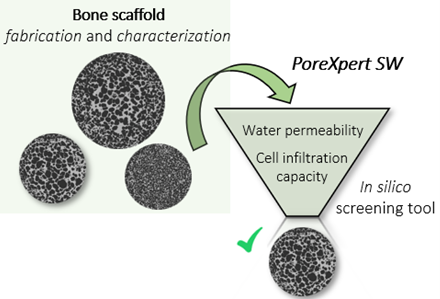
The Departamento de Farmacología, Farmacia y Tecnología Farmacéutica of the Universidade de Santiago de Compostela, Spain has been using PoreXpert to model bone scaffolds. So far, they have used PoreXpert version 1, as detailed in a Technical Application Note and in the testimonials at the bottom of this home page. They are currently upgrading to version 2, which will allow them to generate much larger and even more realistic void network models.
Porotec, Microtrac and Formnext
1 November 2021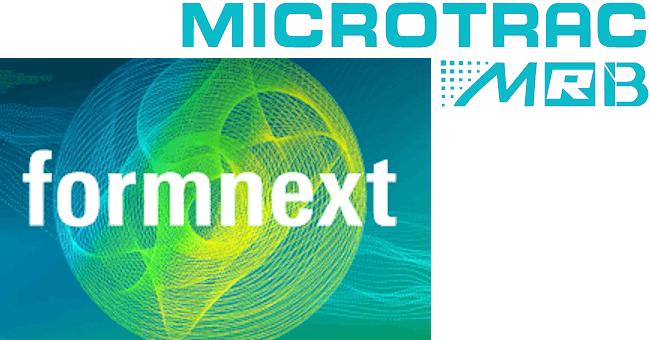
Porotec GMBH has merged with Retsch Technologies, under the ownership of BEL, and is now Microtrac Retsch. They have taken over the Thermo Fisher mercury porosimeter product line to produce an even better porosimeter – the BELPORE. The next update of PoreXpert will read in BELPORE data files automatically. Meanwhile if you would like some publicity material and a demonstration of PoreXpert, please visit the Microtrac Retsch stand at the Formnext show on 16 – 19 November 2021 in Frankfurt / Main.
Data thinner for mercury porosimetry
28 September 2021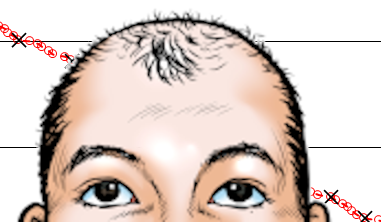
At the request of one of our current users, a Python script is now available on the software downloads page for thinning output from mercury porosimeters for input to PoreXpert. Although PoreXpert can automatically input data from many instruments, this pre-processing speeds up the simplex convergence algorithm and equally weights all points on the intrusion curve, whereas if data is input directly, important points of inflexion tend to be under-weighted statistically.
Special core analysis for unconventional reservoirs
13 September 2021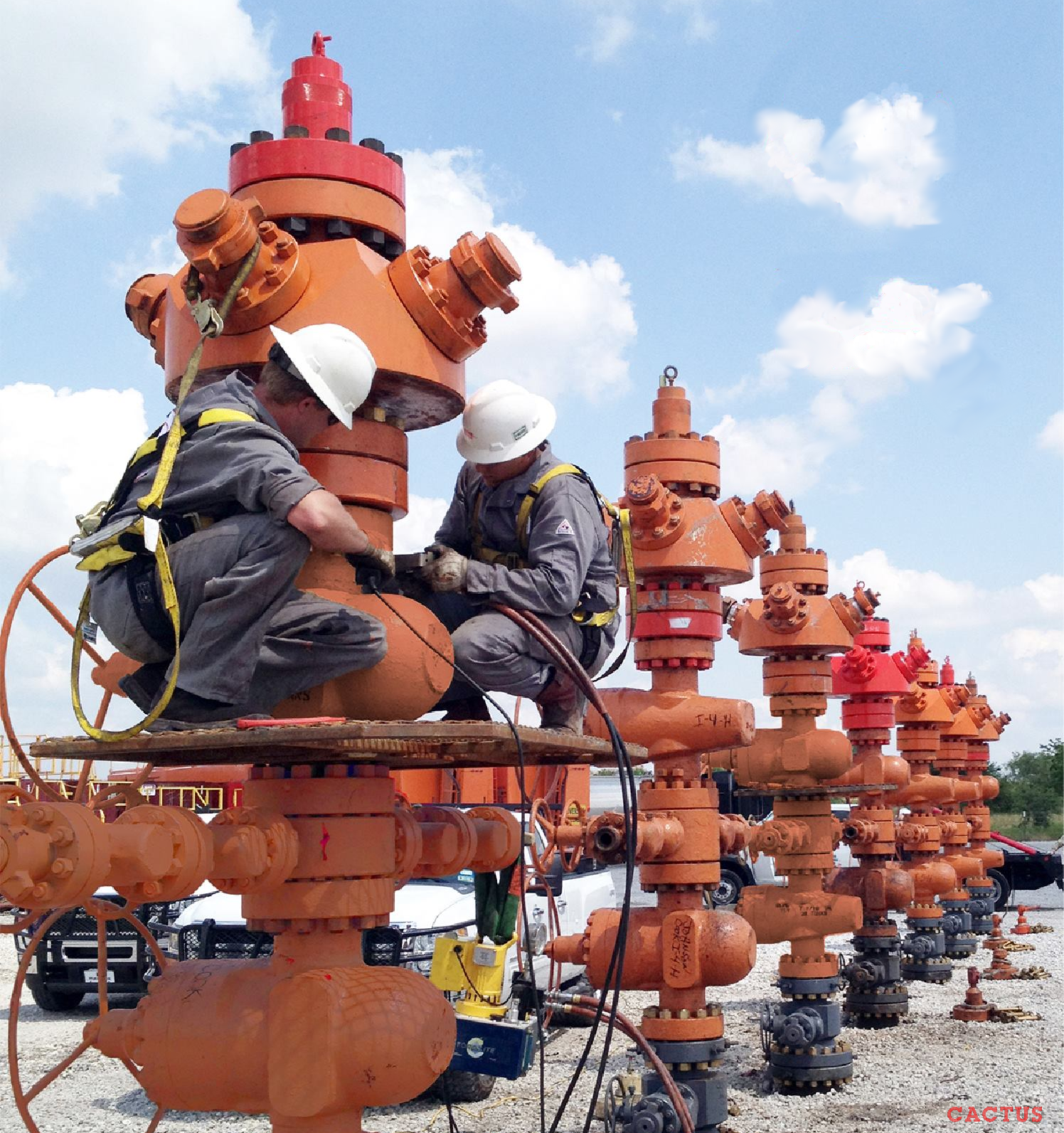
We have extended the use of PoreXpert to the calculation to special core analysis, specifically the simulation and calculation of relative permeability in tight-oil shale. A PowerPoint presentation is available on the new Downloads | Application notes page.
New build and trial system now available
20 July 2021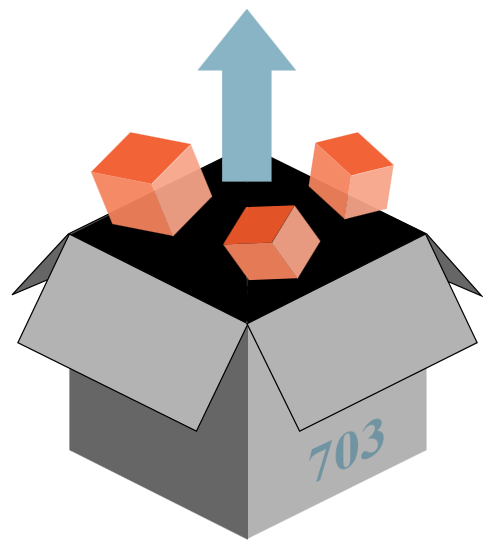
A new update (build 703) is now available, free to all current users – together with our new trialware system. You can now update your own version, or try PoreXpert for yourself for the first time, without any intervention from us – just go to the new software download page. The downloaded software will automatically adapt to whether you are a current user with a licence dongle, or a new user.
Sustainability
24 June 2021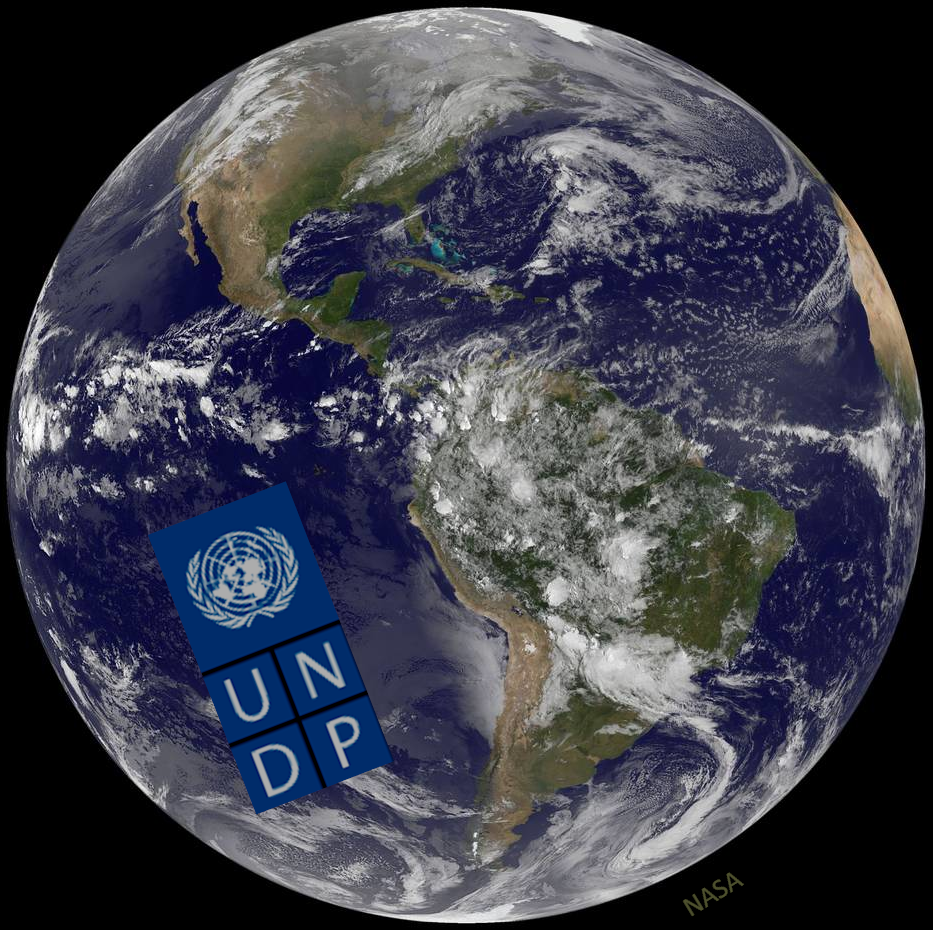
PoreXpert Ltd supports and is committed to align with the United Nations Sustainable Development Goals as detailed in our Sustainability Policy.
Effect of distorting a membrane
21 June 2021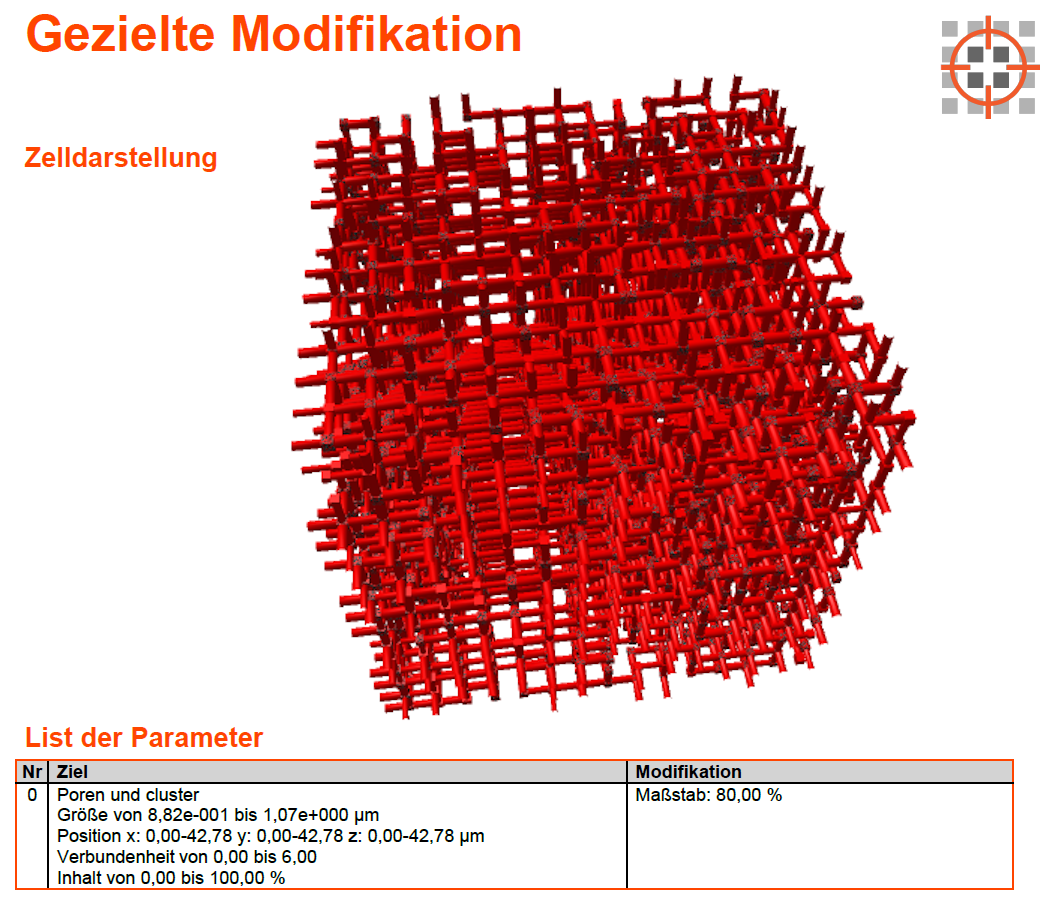
One of the last checks of PoreXpert v2 build 700, due at the end of June, has been to try it on filters and membranes. Here is an extract from a pre-formatted pdf report of the test, available in 6 different languages, showing a distortion giving rise to a reduction to 80% of original size of all voids above 0.88 μm within a membrane, characterised by a Porolux 1000 porometer. As a result of the distortion, the absolute permeability reduces from 0.702 mD for air at 25 °C and 1 atm pressure to 0.292 mD for water at 25 °C.
